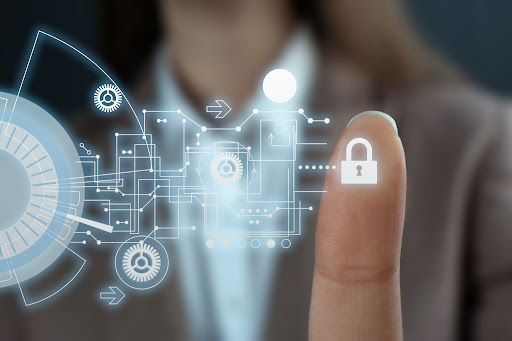The advantages of biometric access control have been debated for decades. These systems use biometric fingerprints to manage access permissions. They allow you to create a safe workplace environment and regulate access to specific areas. This technology recognizes people based on their fingerprints, facial structure, and iris pattern, implementing a secure method of certification. In this article, we’ll discuss some of the benefits and drawbacks of this technology.

Pros
The advantages of using biometric access control systems cannot be denied. Fingerprints are unique, making them an excellent choice for maximum security. They are also inexpensive and require minimal maintenance. As a result, biometric access control systems can increase building security without adding to operational costs. However, it is important to note that biometric systems come with certain disadvantages. Below are some of the pros and cons of biometric access control systems.
First, biometric access control systems are safer. It is more difficult to break into a building with this technology than with the traditional password or key fob. Biometric access control systems can prevent random individuals from breaking into government buildings. Moreover, they can restrict access to private areas that are not open to the public. For these reasons, biometric access control systems are an excellent choice for many types of buildings. These systems can be used for many purposes, including building security and employee access control.
Costs
A basic USB fingerprint scanner can be purchased for less than $20, but more advanced systems can cost anywhere from $2,300 to $10k per door. While biometric access control is a relatively new technology, prices have been steadily declining due to higher adoption rates. For instance, IBM’s Cost of a Data Breach Report showed that in the U.S. alone, the most expensive breaches will occur in 2021.
Biometric access control systems are expensive. You’ll need to purchase biometric scanners, computer hardware, and software, as well as install and connect them to the network. You’ll also need to pay for installation and maintenance. These systems require more investment than traditional systems, so only large organizations with high security needs should invest in them. Biometric access control systems are most common in server rooms and other sensitive areas. Because biometrics are more secure, they are more expensive, but they offer many advantages over traditional access control methods.
Scalability
Biometric access control is a practical and scalable solution for business owners. By eliminating common problems like ID swapping, manual badge checks, and credential replacements, biometric access control can reduce operating costs and eliminate the risk of fraud. Moreover, biometrics are accurate and more secure than traditional security solutions. In addition, biometrics can be used for a variety of applications, including time and location-based access control.
A biometric reader, also known as a scanner, collects verification data from a person. A biometric reader is the key interface between the biometric access control system and the user. The quality of biometric data depends on the camera used. Most biometric data are images, with a few exceptions, such as audio-based systems. A biometric reader can be portable, enabling it to be installed in different locations.
Privacy concerns
Some people are worried about how biometric data could be misused for purposes unrelated to security. Biometric templates cannot be used to reproduce a person’s fingerprint or facial image, but biometric enrollment security is a growing concern. These types of security risks include the risk of sensor inaccuracy and data and network hacking. However, biometrics are a highly secure way to control access to facilities and buildings.
The biggest privacy concern with biometrics is government surveillance. As face recognition technologies improve, and cameras get better at recording details, surreptitious identification could become the norm. Moreover, biometrics databases can become multimodal – combining multiple biometrics – and geolocation tracking technologies can be built on them. As these databases expand, the government could have access to all biometric information with no warning or warrant.